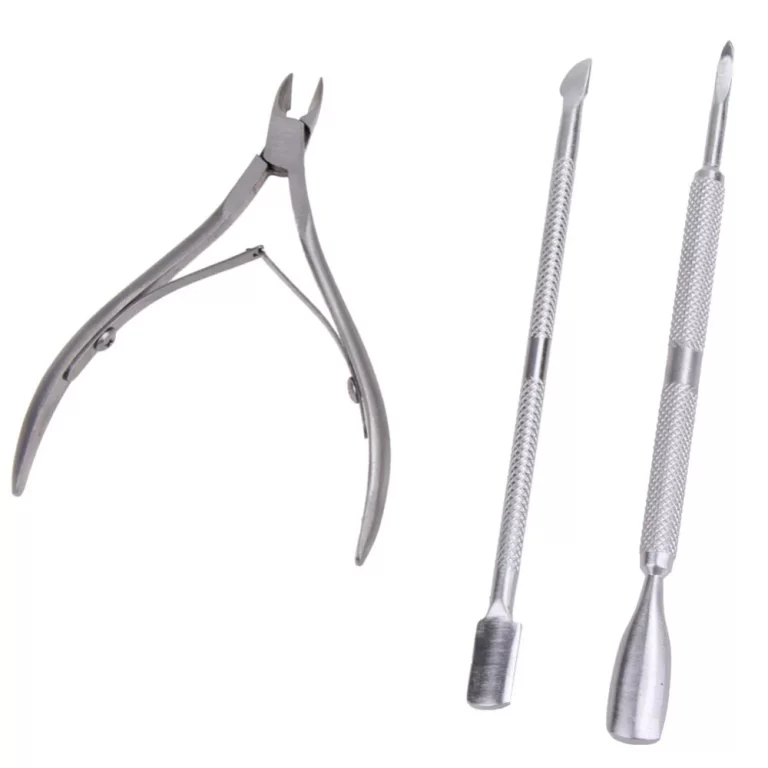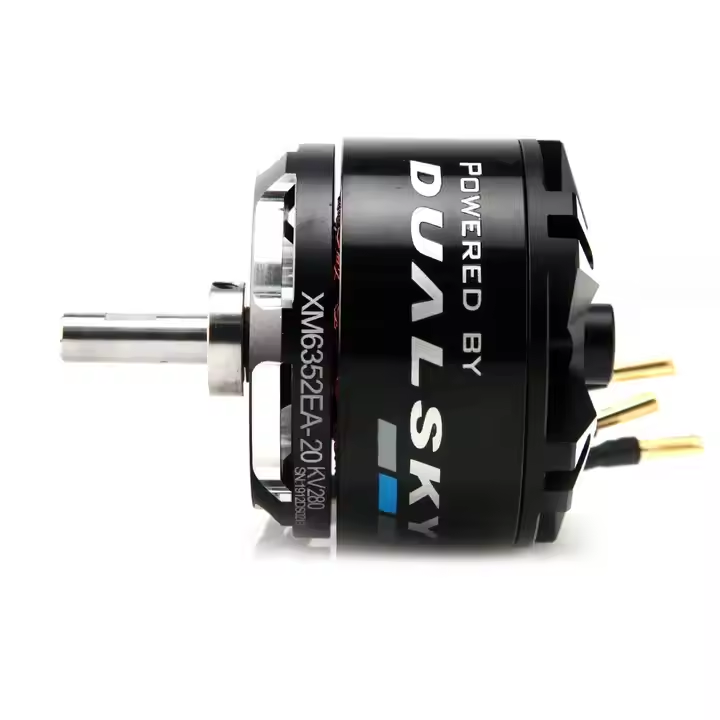
Effortless Rust Removal from Tools: Quick Guide
Overview of Rust Formation on Tools
Understanding how rust forms on tools is key to preventing it. Rust, also known as iron oxide, happens when iron reacts with oxygen and moisture. This reaction is sped up by salt and other chemicals. Tools made from iron or steel are most at risk. Common causes include exposure to rain, humidity, or just leaving them wet after use. Even the air can cause rust if it’s moist enough. In short, when metal, water, and oxygen mix, rust starts to appear. How to clean rust off tools? Knowing this helps to fight rust and keep tools in good condition.
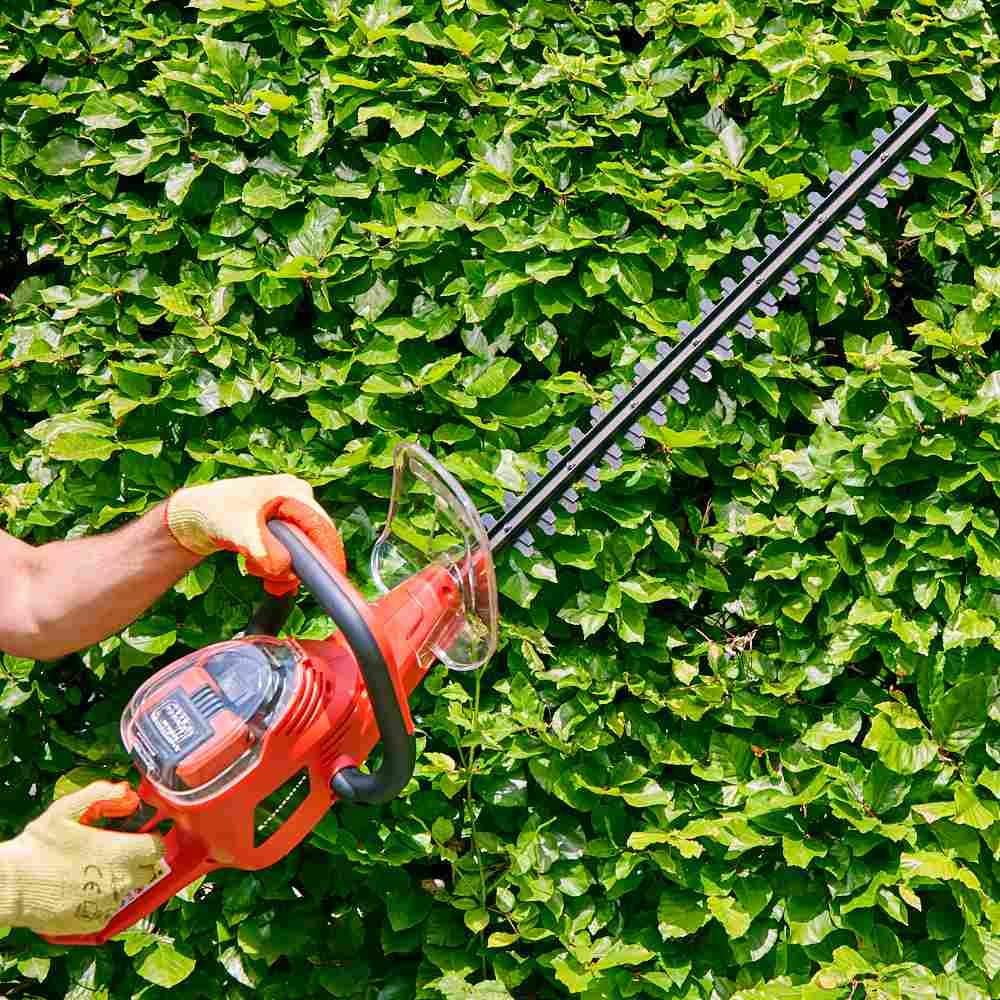
Preparing Your Tools for Rust Removal
Before you start the rust removal process, preparation is crucial. How to clean rust off tools? This starts with gathering the right supplies and understanding the safety precautions needed to ensure the procedure goes smoothly.
Gathering Necessary Supplies
To clean rust off tools, you’ll need a few simple items:
- A container large enough to submerge your tools in.
- White vinegar or lemon juice.
- Baking soda or salt.
- Protective gloves.
- Safety goggles.
- A scrub brush, steel wool, or wire brush.
- Clean rags or towels.
- A dry and well-ventilated area for work.
Make sure you have all these items on hand before you start. This will make the rust removal process more efficient and less frustrating.
Safety Measures Before Starting
Your safety is paramount. Before you begin, consider these tips:
- Wear protective gloves to avoid direct skin contact with rust and cleaning agents.
- Use safety goggles to protect your eyes from rust particles.
- Work in a ventilated area to avoid inhaling fumes.
- Keep a first aid kit nearby in case of accidental cuts or scrapes.
- Be mindful of sharp edges on rusted tools.
Taking these precautions will not only protect you but also make the cleaning process safer and more effective. Next, we’ll dive into the rust removal techniques that will revive your tools.
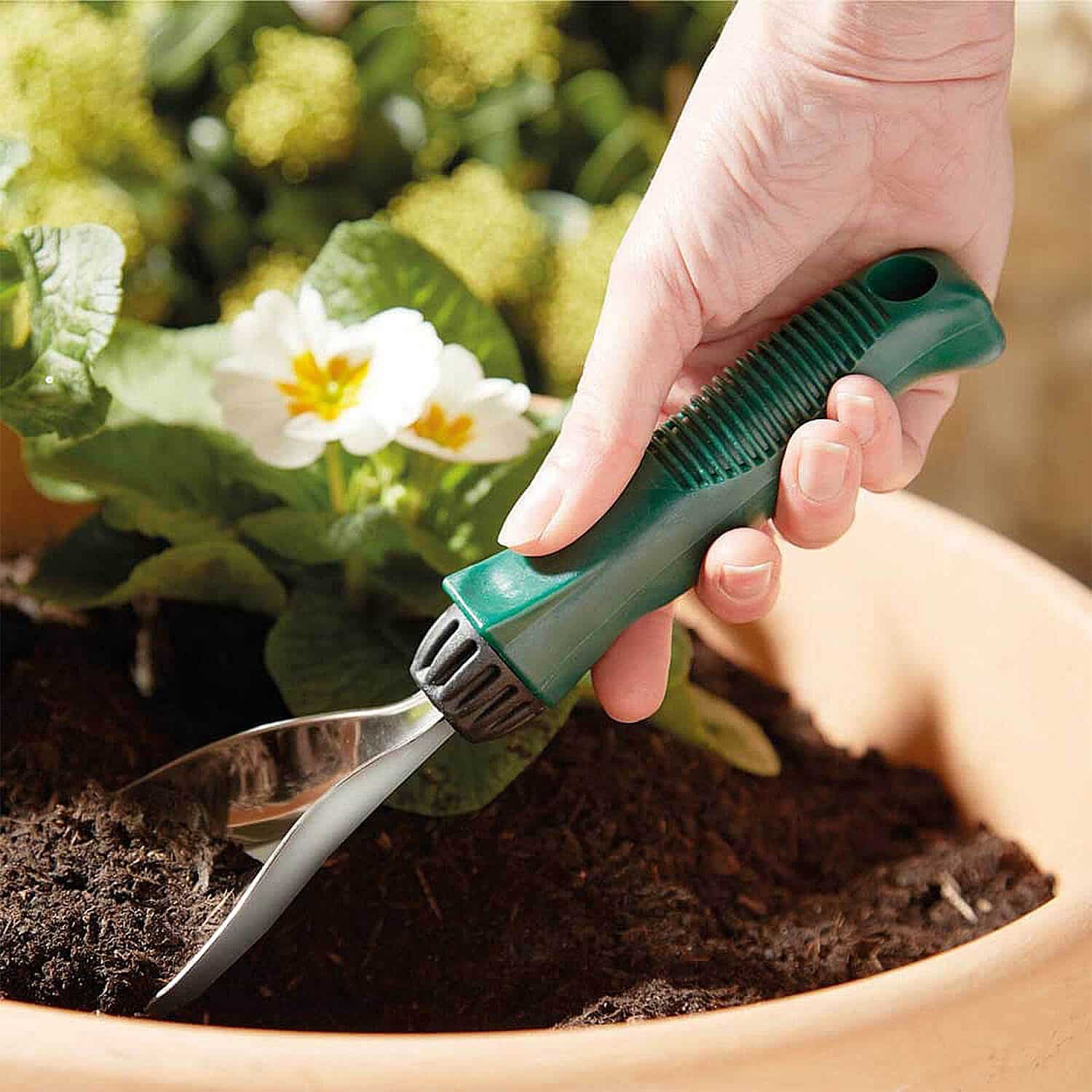
Rust Removal Techniques
Removing rust from tools can be done effectively with household items. How to clean rust off tools? Here are three techniques you can try.
The Classic Vinegar Bath Method
For this method, submerge your tools in white vinegar. Use a container large enough for the tools to fit. The vinegar works as a mild acid, breaking down rust. Leave the tools in the vinegar for at least 12 hours. Tougher rust may need a longer soak. After soaking, scrub the tools with a brush. Then rinse and dry.
Baking Soda Paste Application
If your tools have light rust, use baking soda. Make a thick paste with water and apply it to the tools. Let it sit for about an hour. Afterward, scrub the rust off with a brush or steel wool. Rinse the tools well and dry them thoroughly.
Citrus Power: Lemon Juice and Salt
Lemon juice and salt can also clean rust off tools. First, sprinkle salt over the rusted areas. Then, pour lemon juice over the salt. Wait two hours before scrubbing with the lemon rind or a brush. Rinse and dry the tools after removing the rust.
Mechanical Methods for Stubborn Rust
Sometimes household items can’t do the job. Stubborn rust needs tougher methods. Steel wool and wire brushes are good for this. So are power tools. They make rust removal faster and more thorough.
Using Steel Wool and Wire Brushes
Steel wool and wire brushes scrape rust off easily. They work well for heavy rust on tools. Start by scrubbing gently. Increase pressure if needed. After scrubbing, wipe the tool clean. Always protect your hands with gloves. Safety goggles are also important. Tiny rust particles can hurt your eyes.
The Role of Power Tools in Rust Removal
Power tools save time and effort in rust removal. They are best for large or very rusty tools. Grinders and sanders are common power tools used. Always wear protective gear. This includes gloves, goggles, and masks. Follow the manufacturer’s instructions. Work in a well-ventilated area. Remove all rust until the metal is clear. Then, proceed with post-rust removal care.

Post-Rust Removal Care
How to clean rust off tools? After removing rust, caring for your tools ensures they stay rust-free longer.
Neutralizing Acidic Residues
Right after rust removal, especially with vinegar, tools may hold acidic residues. To neutralize, mix water with baking soda and soak the tools briefly. Then, rinse them well. This step stops more rust from forming.
Drying and Oil Coating for Protection
Dry your tools completely after washing. Water sparks rust, so don’t skip this step. Use a clean cloth to wipe every part. Then, apply a protective oil coat. Mineral oil or WD-40 work great. They repel water and keep rust away. For moving parts, like hinges or gears, oil them to ensure smooth operation. Regular oiling adds more protection against rust.
Preventing Future Rust on Tools
After you restore your tools by removing rust, taking steps to prevent future rust is crucial. Keep your tools looking good and functioning well by following these practices.
Proper Storage Practices
Good storage is key to rust prevention. Here’s what you should do:
- Keep tools dry. Moisture causes rust, so wipe off any water after use.
- Use a toolbox or a storage rack. This keeps tools off damp surfaces.
- Control humidity. If possible, use a dehumidifier in your storage area to keep it dry.
- Consider using silica gel packs. These absorb moisture and help keep tools dry.
- Don’t leave tools outside. Exposure to the elements will speed up rusting.
Regular Maintenance Tips
Routine care will extend the life of your tools. Try these maintenance tips:
- Clean tools after each use. Dirt and grime hold moisture and promote rust.
- Apply a light oil coating. Wipe down with mineral oil or a similar product regularly.
- Inspect tools often for signs of rust. Catching rust early makes it easier to deal with.
- Sharpen cutting tools when they dull. Sharp edges are less prone to rust.
- Use a rust inhibitor. Products like WD-40 provide a protective barrier against rust.
Following these storage and maintenance practices will take you a long way toward keeping rust at bay. Preventive measures are always better than dealing with corrosion later. Your tools are investments; caring for them properly ensures they’ll be ready and reliable when you need them.
Basic rust removal supplies cost very little compared to replacing damaged tools. Prevention methods save money by extending the life of expensive tools. Quality storage solutions represent a good investment for protecting valuable tools. Professional restoration costs vary based on damage severity.
Common Mistakes
Leaving tools wet after use leads to rapid rust formation. How to clean rust off tools? Improper storage causes preventable rust damage to tools. Harsh cleaning methods can damage the metal surface underneath rust deposits. Incomplete rust removal allows the problem to return quickly.
Long-term Protection
Regular oil application creates a barrier against moisture on metal surfaces. Quality tool storage prevents environmental damage to metal surfaces. Prompt attention to rust spots prevents spreading to surrounding areas. Proper cleaning techniques extend the working life of tools.
Environmental Impact
Natural cleaning methods reduce chemical waste in the environment. Proper disposal of cleaning solutions protects groundwater from contamination. Rust prevention reduces the need for tool replacement and waste. Eco-friendly products offer effective alternatives to harsh chemicals.
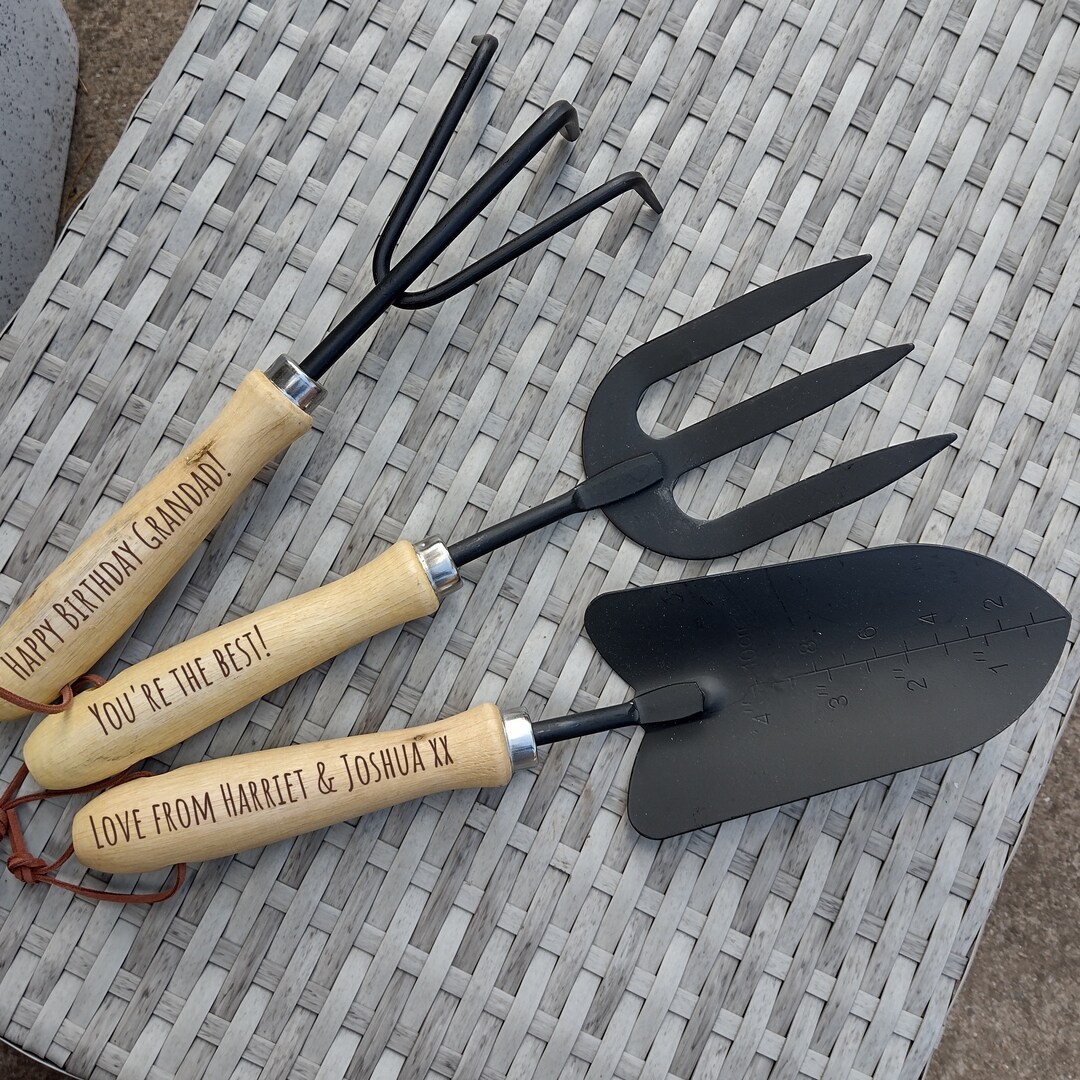
Emergency Rust Treatment
Quick action prevents rust from spreading across tool surfaces. Temporary oil coating provides protection until proper cleaning can occur. Basic supplies allow for immediate rust treatment in most situations. Emergency cleaning prevents permanent damage to expensive tools.
Workshop Organization
Proper tool organization makes regular maintenance much easier to accomplish. Designated cleaning areas streamline the rust removal process. Storage systems protect tools between uses and during maintenance procedures. Good organization helps track maintenance schedules for all tools.
Seasonal Considerations
Humidity increases during summer months require extra rust prevention measures. Winter storage requires special attention to condensation problems. Spring cleaning provides a good opportunity for complete tool maintenance. Fall preparation helps protect tools during wet weather.
Documentation Methods
Keep records of cleaning dates and methods used on valuable tools. Track rust prevention treatments to maintain proper scheduling. Document professional restoration work for warranty purposes. Maintenance logs help identify recurring rust problems quickly.
Regular inspection reveals early signs of rust formation on tool surfaces. Check all tools monthly for signs of developing problems. Test moving parts for smooth operation after rust removal. Verify complete rust removal before applying protective coatings.
Stainless steel tools require different rust prevention methods than regular steel. Chrome-plated surfaces need gentle cleaning to preserve their protective coating. Brass tools develop different types of corrosion than steel tools. Aluminum tools require specific cleaning products for best results.
Final Recommendations
Regular maintenance prevents most serious rust problems from developing. Quality storage solutions protect tools from environmental damage. Proper cleaning techniques preserve tools for many years of service. Prompt attention to rust keeps tools in prime working condition.
These comprehensive guidelines help maintain rust-free tools for optimal performance. Following these steps saves money and extends tool life significantly. Simple prevention methods work better than extensive rust removal procedures. Regular care ensures tools remain ready for use when needed.
